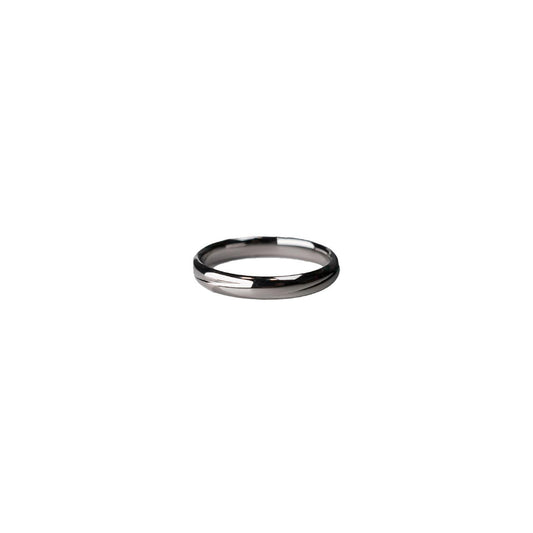The Journey of Mens Wedding Rings From Tradition to Modernity
The Journey of Mens Wedding Rings From Tradition to Modernity
When my grandfather passed away, I inherited a few boxes of knick-knacks and memorabilia. Amidst old photographs and a pocket watch, I found his wedding ring—a simple, solid band of yellow gold. Curious to learn more about the history of men wearing wedding rings, I dove into research and discovered a story that was more fascinating than I had anticipated.
Men wearing wedding rings is not as ancient a custom as one might think. Historically, wedding rings have been associated with women—the exchange symbolizing the transfer of ownership or partnership in many cultures around the world. It wasn't until the 20th century, during World War II, that the practice of men wearing wedding rings became more widespread in the Western world. The emotional strains of war made these rings a tangible connection to loved ones left behind, a sentiment my grandfather likely shared while serving overseas.
The trend continued post-war, becoming a mainstream tradition by the 1950s. The economic boom led to consumer culture embracing the idea as a norm, with jewelers heavily marketing men's wedding rings as an essential symbol of commitment. I imagine my grandfather, a man of simple tastes, choosing his ring not for fashion, but for the bond it represented—much like many others of his generation.
The materials used for men's wedding rings have also seen an evolution. Initially, they were primarily crafted from traditional metals like gold and silver. Now, they are available in a plethora of materials, from the robust titanium to the edgy black tungsten, a testament to how personal style and modernity have influenced this age-old tradition. My friend's husband, an avid rock climber, opted for a silicone ring to ensure safety during his outdoor adventures. This diversity in choice further underscores the notion that wedding rings, while symbolically consistent, have adapted to suit contemporary lifestyles.
Stylistically, the simplicity mirrored in my grandfather's ring is still prevalent, but there's been a marked shift towards customization and personalization. Engravings, unique textures, and the inclusion of gemstones are all ways today's couples make their rings distinct. Even so, I remember how my grandfather would occasionally spin his ring around his finger absentmindedly—a habit as old as the practice itself, regardless of the ring's design.
Reflecting on these changes, I realize that while wedding rings for men may have originated as a wartime sentiment, they have grown to encapsulate a broader spectrum of meanings and identities. Whether worn as a link to the past, a representation of personal style, or a pledge of love, they carry stories within their bands as unique as those who wear them. As I slip my grandfather's ring back into its box, I am reminded of the enduring power of such a small, unassuming circle—and the hands that once wore it.

























